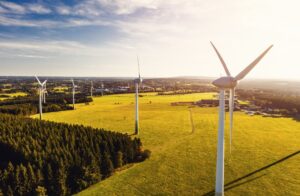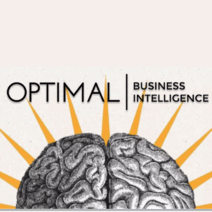Having experienced Ackama’s increasing involvement in energy-related work over the last few years, I attended the Clean Energy Summit in Sydney this month. As a New Zealander, it was a great opportunity to compare and contrast my knowledge of the industry in Australia.

Breccan McLeod-Lundy, CEO at Ackama
Here are some of my key takeaways and reflections from the event:
1. Different Peaks for Australia and New Zealand
Unlike New Zealand, Australia experiences power peaks during heat waves similar to winter peaks. The abundance of solar generation (around a third of homes have panels) presents challenges in smoothing generation, but it’s less problematic than a similar surge in summer generation would be in NZ.
2. Distinct Renewable Makeup
Renewables are predominantly driven by solar in Australia, while New Zealand relies heavily on hydro. The inherent storage capacity of hydro in the form of lakes provides stability, whereas a solar-driven network depends on the timing of the sun.
3. Importance of Dispatchable Power in Australia
As opposed to NZ’s reliance on hydro, Australia’s renewable future necessitates both more dispatchable power and increased storage in the network. The strength of hydro in NZ is often taken for granted, as it offers relatively stable renewable energy.
4. Diversity among States
Local regulations, incentives, and transmission approaches result in significant differences among states, impacting startups that rely on specific rebates.
5. Tasmania – similar to NZ
Tasmania’s energy profile is similar to New Zealand as they have larger winter peaks and a much larger hydro component when compared to the mainland.
6. Polarised Federal Political Environment
The polarisation of clean energy in Australia affects larger investments in the industry, as uncertainties about stable directions hinder funding for bigger opportunities with a 30-year investment life cycle.
7. Dependency on Offtakers
Government support variability means significant energy projects often depend on offtakers to lower risk levels enough for finance. This creates challenges as both parties must predict power prices and needs far into the future.
8. Complex Consumer Needs
Consumers face increasing complexity with energy solutions like home generation and battery storage. While they have a role in market stabilisation, consumers prefer simpler, “set and forget” options.
9. Hardware and Building Standards Challenges
As EV adoption rises, consumers consider 3-phase power for faster charging, prompting power companies to upgrade local transformers due to changing usage patterns.
10. Supply Chain Issues
Similar renewable goals across many countries are bringing long-term cost reductions but currently creating project challenges, especially related to funding agreements.
11. Growth of Offshore Wind
Offshore wind is gaining momentum but is still several years away from deployed installations.
12. Australian Super Funds and Energy Projects
Large energy projects appeal to Australian super funds due to ease of long-term management. However, super funds are risk-averse, posing challenges related to government and customer stability.
13. Engagement with Indigenous Communities
Addressing direct effects on land, energy poverty, and job access requires significant engagement with indigenous people.
14. Biodiversity and Sustainability Concerns
While responding quickly to climate change is essential, the long life spans of energy facilities (at least 30 years) necessitate considering future needs.
15. “Dunkelflaute” – An Intriguing Word
The term “Dunkelflaute” describes periods when both wind and solar generation are below 20% of capacity. An interesting word but also concerning if renewable energy is relying mostly on wind and solar.

At Ackama, we are excited by the rapid evolution in the clean energy space. As industry leaders, we are committed to providing businesses and consumers with seamless and cohesive ways to leverage the latest advancements in the energy market.






